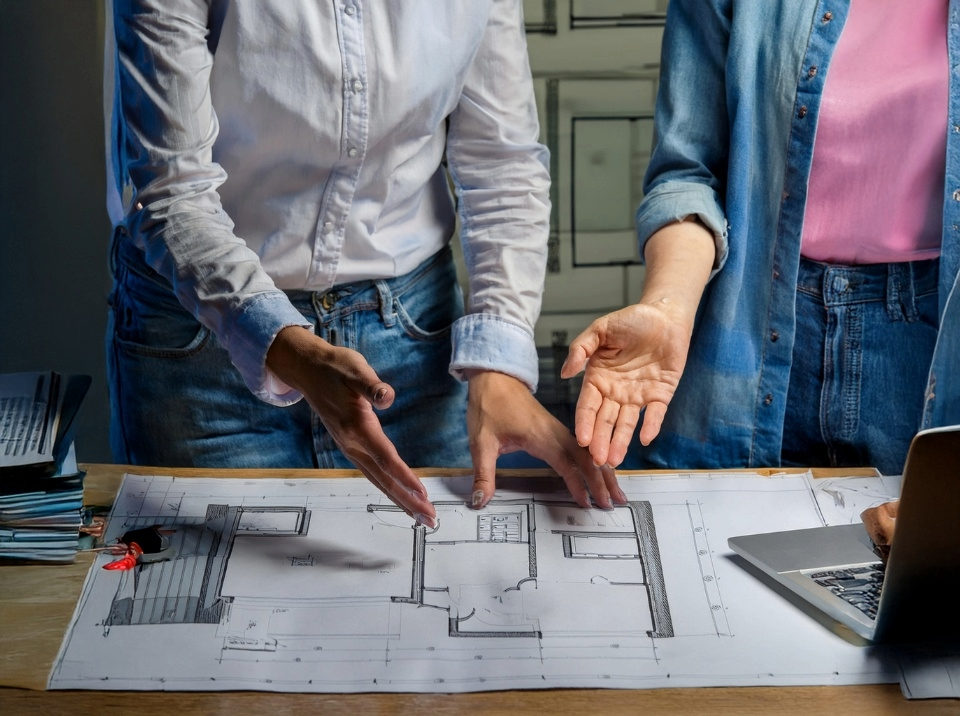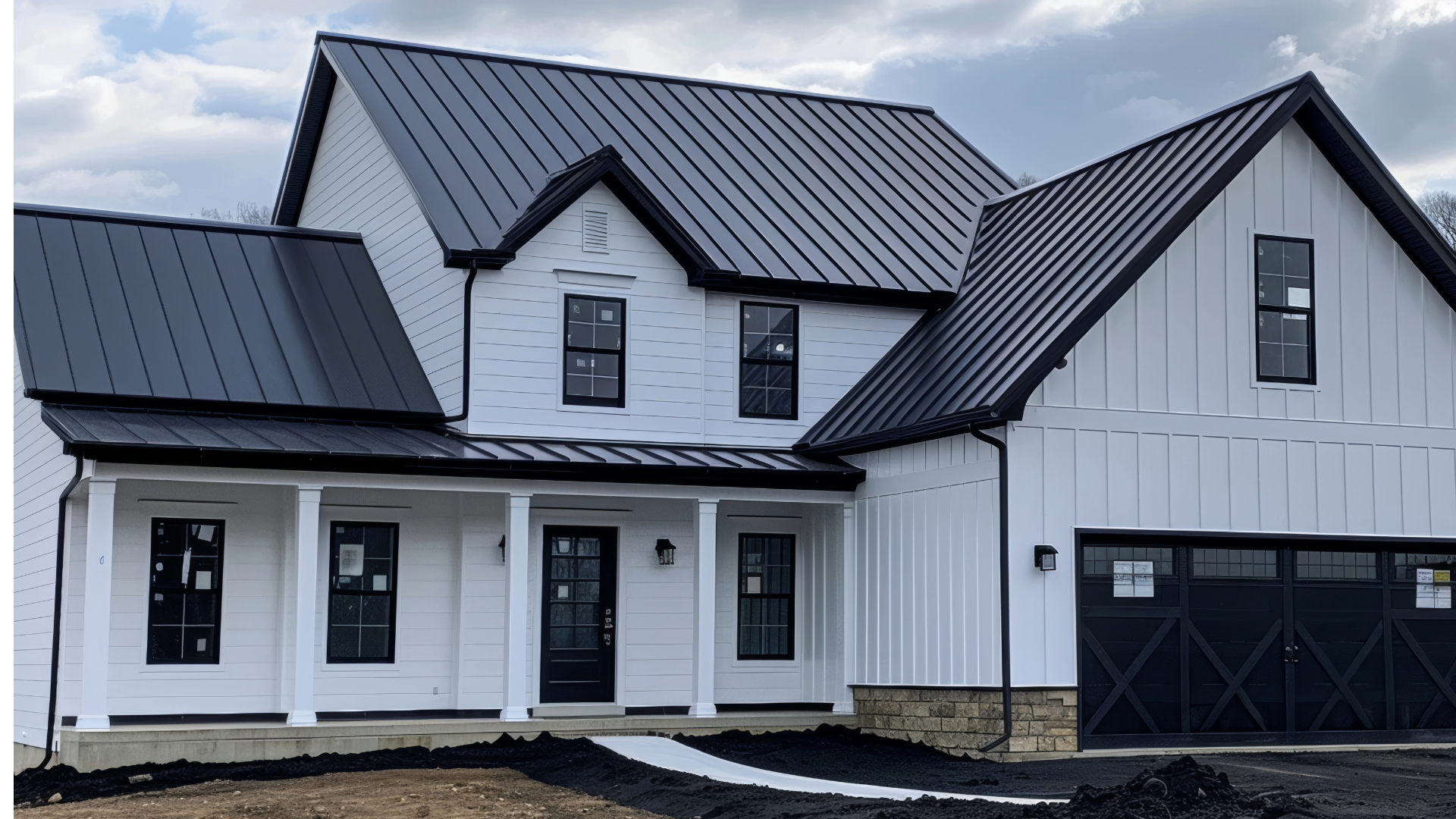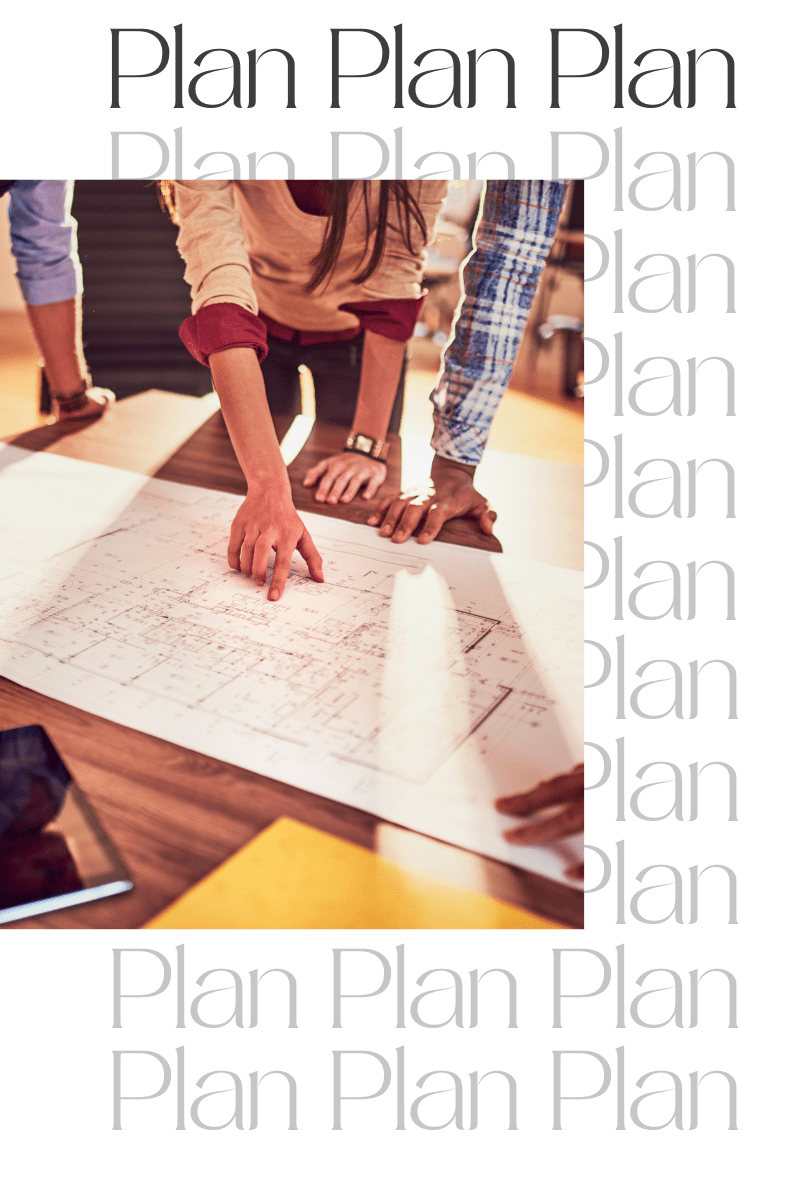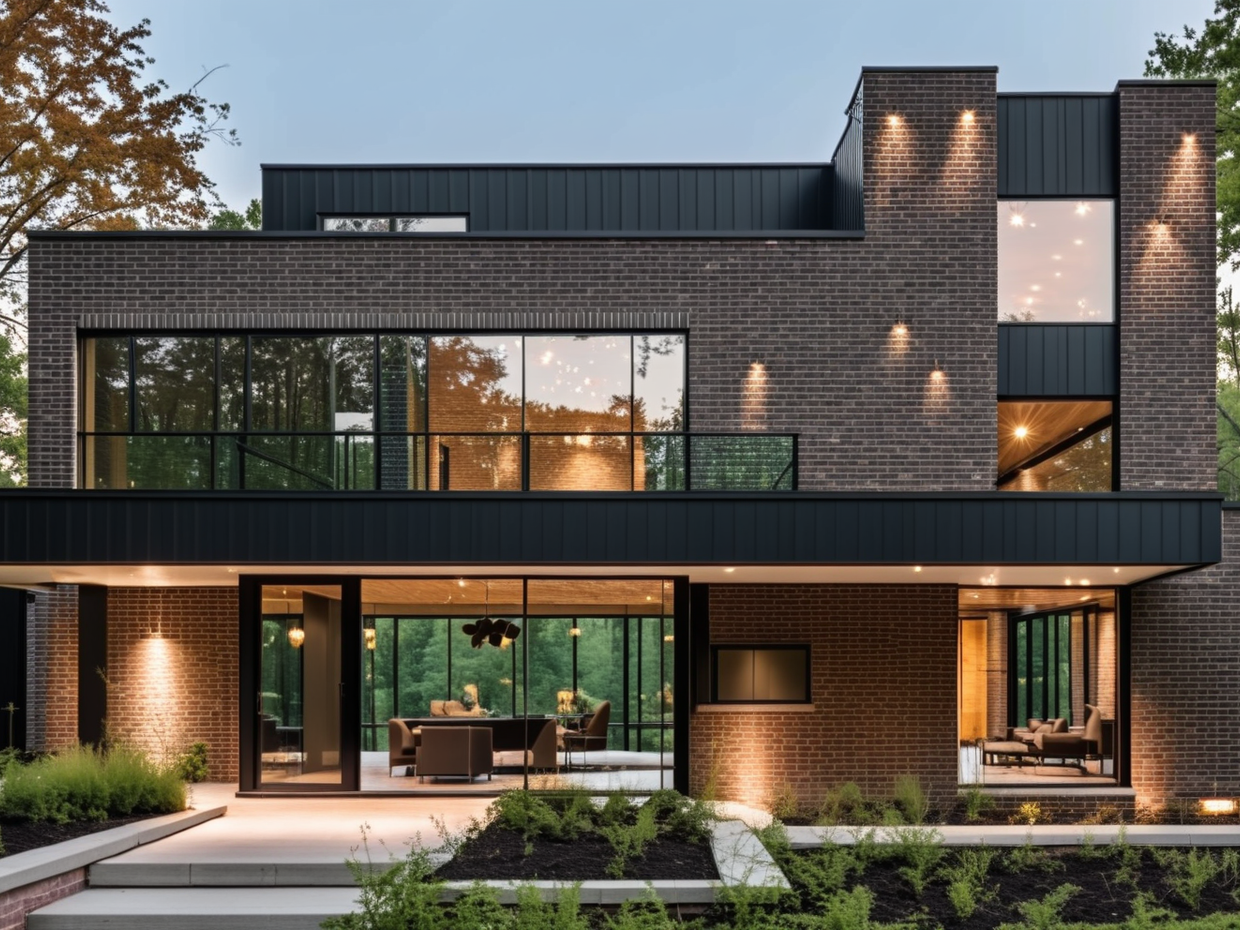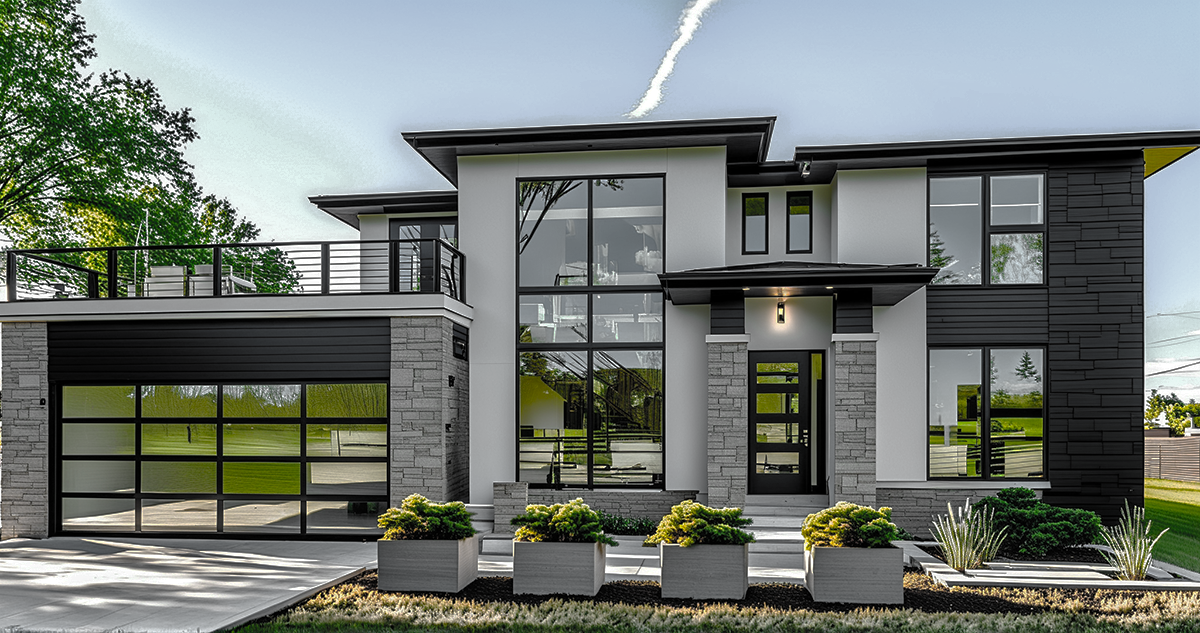Design Style Reveal
Design Style Reveal

Discovering Your Unique Style
Embarking on a design journey starts with understanding your personal aesthetic. Let's explore how to uncover your preferences and translate them into tangible design elements.
Uncovering Personal Preferences
Discovering your unique style is an exciting journey of self-exploration. It's about understanding what truly resonates with you and makes you feel at home.
Start by observing your current living space. What colors, textures, and patterns do you find yourself drawn to? Pay attention to the items you've collected over time – they often reveal your innate preferences.
Next, explore various design styles through magazines, websites, and social media platforms. Create a mood board or Pinterest board to collect images that speak to you. This visual collection will help you identify recurring themes and elements you love.
Don't forget to consider your lifestyle needs. A minimalist aesthetic might appeal to you visually, but if you have a large family or enjoy entertaining, you'll need to balance style with functionality.
Translating Ideas into Design
Once you've identified your preferences, it's time to translate them into a cohesive design plan. This process involves careful consideration and expert guidance.
Begin by prioritizing your must-have elements. These could be specific color schemes, furniture pieces, or architectural features that you absolutely want in your space.
Consider how different elements work together. A professional designer can help you create a harmonious blend of colors, textures, and patterns that reflect your style while maintaining balance and flow throughout your home.
Remember that translating ideas into design is an iterative process. Be open to suggestions and refinements as you work with your designer to bring your vision to life.
The Full Service Design Experience
Full service design offers a comprehensive approach to transforming your space. Let's delve into what this experience entails and how it caters to your unique needs.
Comprehensive Design Approach
A comprehensive design approach considers every aspect of your space, ensuring a cohesive and personalized result. This holistic method addresses not just aesthetics, but also functionality and longevity.
The process begins with a thorough assessment of your space, including its architectural features, lighting conditions, and existing elements you wish to incorporate. This initial evaluation forms the foundation for all subsequent design decisions.
Next, your designer will create a detailed plan that encompasses everything from space planning and color schemes to furniture selection and custom elements. This plan serves as a roadmap for your project, ensuring all aspects work together harmoniously.
Throughout the process, your designer will coordinate with various professionals – from contractors to artisans – to bring the design to life. This coordination ensures a smooth execution and attention to every detail.
Personalized Consultation Process
The personalized consultation process is a crucial component of full service design, tailoring the experience to your unique needs and preferences.
Your initial consultation is an opportunity to share your vision, discuss your lifestyle needs, and express any concerns or specific requirements you may have. This is where your designer begins to understand not just what you want, but why you want it.
Following this, your designer will present concept boards and preliminary designs for your feedback. This collaborative stage allows for refinements and ensures the final design aligns perfectly with your expectations.
As the project progresses, regular check-ins and updates keep you informed and involved. This ongoing communication ensures that the end result is a true reflection of your style and meets all your functional needs.
Transforming Spaces with Creativity
Creativity is the heart of transformative design. Let's explore how innovative solutions and a balance of form and function can elevate your space.
Innovative Design Solutions
Innovative design solutions are the key to creating spaces that are not only beautiful but also uniquely tailored to your needs and lifestyle. These solutions often involve thinking outside the box and reimagining traditional spaces.
One approach is to consider multifunctional furniture and spaces. For example, a home office that doubles as a guest room, or a kitchen island that transforms into a dining table. These solutions maximize the utility of your space without compromising on style.
Another innovative approach is the use of unexpected materials or applications. This could involve using industrial elements in a residential space for a modern edge, or incorporating natural elements like living walls for a fresh, biophilic design.
Technology integration is also a growing trend in innovative design. Smart home features, hidden charging stations, or built-in audio systems can enhance the functionality of your space while maintaining a clean, uncluttered aesthetic.
Balancing Functionality and Aesthetics
Achieving a balance between functionality and aesthetics is crucial in creating a space that's not only beautiful but also practical for everyday living.
Start by identifying the primary function of each space. For a kitchen, this might mean ensuring efficient workflow between key areas. In a living room, it could involve creating conversation areas and comfortable seating arrangements.
Next, consider how aesthetic elements can enhance, rather than hinder, functionality. For instance, beautiful open shelving in a kitchen can serve both as storage and as a display for decorative items.
Don't forget about hidden storage solutions. These can help maintain a clean, uncluttered look while providing ample space for necessities. Built-in cabinetry, under-bed storage, or multi-functional furniture pieces are great options.
Collaborating with Homeowners
Successful design is a collaborative effort. Let's explore how we build trust and encourage your involvement throughout the design process.
Building Trust and Communication
Building trust and maintaining open communication are fundamental to a successful design collaboration. These elements ensure that your vision is understood and realized to its fullest potential.
From the outset, we establish clear channels of communication. This might include regular in-person meetings, video calls, or a dedicated project management platform where you can track progress and share feedback.
Transparency is key in building trust. We provide detailed project timelines, cost breakdowns, and regular updates on any changes or challenges. This keeps you informed and involved every step of the way.
We also believe in educating our clients about the design process. By explaining our decisions and the reasoning behind them, we help you feel more confident and engaged in the project.
Encouraging Client Involvement
Client involvement is crucial in creating a space that truly reflects your personality and meets your needs. We encourage your participation throughout the design process.
We start by asking you to share inspiration images, favorite colors, or cherished items you'd like to incorporate. This helps us understand your vision and preferences more deeply.
Throughout the project, we present options and ask for your input on key decisions. This might involve choosing between different furniture styles, color palettes, or material samples.
We also encourage you to visit the site during the renovation process, if applicable. This allows you to see the progress firsthand and make informed decisions about any necessary adjustments.
Expert Tips for Home Design
Let's conclude with some expert advice on maximizing your space and choosing enduring design elements.
Maximizing Space and Light
Maximizing space and light is essential in creating a home that feels open, airy, and welcoming. These elements can dramatically transform the feel of your space.
Start with furniture placement. Arrange pieces to create clear pathways and avoid blocking natural light sources. Consider multi-functional or space-saving furniture to make the most of smaller areas.
Lighting is crucial. Layer different types of lighting – ambient, task, and accent – to create depth and flexibility in your space. Use mirrors strategically to reflect light and create the illusion of more space.
Color choices also play a role. Lighter colors on walls and ceilings can make a space feel larger and brighter. However, don't be afraid of darker colors – when used strategically, they can add depth and coziness to a room.
Choosing Timeless Materials and Colors
Selecting timeless materials and colors ensures your design will look fresh and appealing for years to come. This approach combines classic elements with contemporary touches.
For materials, consider natural elements like wood, stone, and metal. These materials age beautifully and can be incorporated in various design styles. Choose quality over quantity – invest in well-made pieces that will stand the test of time.
When it comes to colors, a neutral base palette allows for flexibility. You can then add pops of color through accessories or accent pieces, which are easier to change as trends evolve.
Remember, timeless doesn't mean boring. Incorporate texture and pattern to add interest while maintaining a classic feel. A mix of modern and traditional elements can create a balanced, enduring design
Let's Get Started
First Step... Let's Chat! Book your Complimentary Pre Design Meeting. We will take an hour or so and discuss your project, vision, any hurdles you may encounter.
